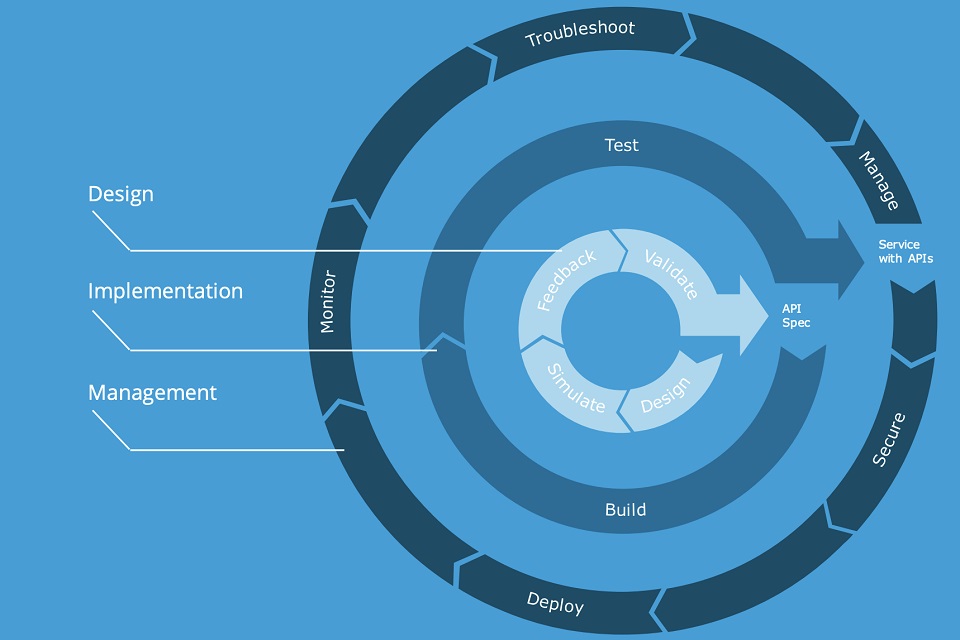In the endlessly evolving world of technology, businesses must constantly strive to stay ahead of the curve and deliver exceptional products and services. One crucial element in this race is the efficient management of Application Programming Interfaces (or APIs for short).
APIs have become the backbone of modern software development, allowing businesses like yours to integrate services, share data, and drive innovation. However, the success of APIs relies heavily on streamlined API lifecycle management.
If you are wondering what in the world API lifecycle management actually is, then don’t worry. In this article, learn what it is and why simplified API lifecycle management is a game changer for businesses.
Table of Contents
Accelerated Time-To-Market
Time is of the essence in the digital economy, and your business needs to seize opportunities quickly. Simplified API lifecycle management enables organizations to expedite their development cycles, reducing the time it takes to bring new products and features onto the market.
With efficient API gateway examples, documentation, and testing processes, businesses can minimize development bottlenecks and ensure smoother team collaboration. By streamlining the entire lifecycle, from planning to retirement, companies can seize market opportunities, respond rapidly to changing customer needs, and gain a competitive edge.
Enhanced Collaboration & Productivity
If you want to succeed in business, then you need to have the ability for your team to productively collaborate.Thankfully, simplified API lifecycle management makes collaboration between teams involved in the API development process easier – including developers, testers, and product managers.
By adopting standardized methods across the board, clear documentation, and centralized communication channels, your business can cultivate far better teamwork, reduce the amount of miscommunication you encounter, and align everyone toward your goal.
What’s more, this enhanced collaboration increases productivity and boosts innovation, as cross-functional teams can leverage each other’s expertise to create powerful, customer-centric APIs.
Risk Mitigation & Security
It should go without saying that you need to stay safe online when you are running a business in 2023.This is another area in which simplified API lifecycle management can help.
It provides your company with a structured approach to identify and address potential security vulnerabilities throughout the API lifecycle. By incorporating security measures at every stage, from design to deployment, your enterprise can mitigate risks and protect sensitive data from unauthorized access.
Streamlined Maintenance & Upgrades
Once an API is deployed, its life cycle doesn’t end. Regular maintenance, upgrades, and version management are vital to make sure the system continues to perform at a high level and is compatible with evolving technologies. Simplified API lifecycle management can help your business to manage these tasks efficiently, reducing the complexity and cost of maintenance. Your organization can streamline the process of rolling out updates, bug fixes, and feature enhancements by adopting version control practices and automated deployment pipelines.
Data-Driven Insights & Optimization
Lastly, by simplifying your API lifecycle management, you can incorporate easy-to-interpret analytics and monitoring capabilities, which allows your business to gain valuable insights into API usage, performance, and consumer behavior.
By analyzing data such as response times, error rates, and usage patterns, you can ensure that your team is delivering amazing user experiences at all times. These insights can drive decision-making processes, inform product roadmaps, and identify areas for improvement, which is a win-win.



